Who is Jean Shinoda Bolen?
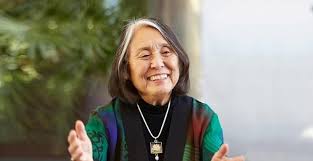
Jean Shinoda Bolen, M.D. (1936-present) is a acclaimed psychiatrist, Jungian analyst, and author who has made groundbreaking contributions to the fields of depth psychology, women’s spirituality, and archetypal studies. Drawing upon her unique blend of medical training, Jungian scholarship, and feminist vision, Bolen’s work explores the centrality of the sacred feminine to psychological development and cultural transformation. Through her bestselling books and international lectures, she has helped to reawaken women and men to the power of goddess archetypes—the deep structures of feminine identity, energy, and potential. This paper provides an overview of her most significant ideas and their enduring relevance to our time.
- Official Website: Jean Shinoda Bolen
- Books: The Tao of Psychology Amazon
- YouTube Lecture: Jean Shinoda Bolen on Archetypes
- Interview: In Conversation with Jean Shinoda Bolen
- Podcast: Bolen on Women’s Spirituality
- Article: Jean Shinoda Bolen on Feminine Archetypes
- Institute: Jean Shinoda Bolen at Pacifica
- Research: Publications by Jean Shinoda Bolen
- Quotes: Jean Shinoda Bolen Quotes
- Lecture Series: Bolen on Women’s Spirituality and Jung
Key Ideas and Contributions
2.1 Goddesses in Everywoman
In her landmark book, Goddesses in Everywoman (1984), Bolen introduced a new model of the feminine psyche based on seven mythological archetypes: Artemis, Athena, Hestia, Hera, Demeter, Persephone, and Aphrodite. Each goddess, she argued, represents a different facet of women’s identity—an innate pattern of instinct, need, and potential that shapes women’s lives. Artemis is the independent feminine spirit, the activist and adventurer. Athena embodies the rational, self-assured woman, the strategist and diplomat. Hestia reflects the centered woman, attuned to hearth and home. Hera is the goddess of marriage and commitment. Demeter expresses the maternal archetype, the nurturer and provider. Persephone represents the transformative journey from innocence to experience. And Aphrodite personifies the power of love, beauty, and sensuality.
By offering women a symbolic language to name and embrace the diversity of their experience, Bolen helped to challenge the one-dimensional stereotypes that restrict women’s development. Her model affirms that every woman contains all seven archetypes within her psyche, though some may be more consciously expressed than others. The task of individuation, she suggested, is to “to be able to make choices that are true to ourselves at each stage in our lives”—to discern which goddess energies are emerging and how to integrate them wisely.
2.2 Gods in Everyman
Complementing her work on the deep feminine, Bolen also explored the foundations of masculine psychology in Gods in Everyman (1989). Here she described eight archetypes—Zeus, Poseidon, Hades, Apollo, Hermes, Ares, Hephaestus, and Dionysus—that shape men’s instinctual drives, roles, and capacities for maturation. Zeus is the sky father, the bearer of power and authority. Poseidon represents the emotional, intuitive masculine, the lord of the oceanic unconscious. Hades signifies the solitary man, the recluse and seeker. Apollo embodies the rational masculine, the lawgiver and harmonizer. Hermes personifies the communicator and trickster, the guide between realms. Ares is the warrior, the competitor and aggressor. Hephaestus reflects the craftsman, the worker and inventor. And Dionysus is the god of ecstasy and abandon, the liberator from inhibition.
Like the goddesses in women, these archetypes form the infrastructure of the male psyche, providing the instinctual basis for men’s identity formation and growth. Each god represents a potential strength or liability, depending on how consciously a man relates to its energies. The immature Zeus becomes the tyrant, the mature Zeus the wise leader. The awakened Poseidon is empathic and relational, the unintegrated Poseidon moody and irrational. Accessing the gifts of each archetype while mitigating their shadow aspects is central to men’s individuation.
2.3 Eros and Logos
In Bolen’s analysis, these masculine and feminine archetypes embody contrasting but complementary principles—Logos and Eros, the archetypes of mind and heart, agency and communion, doing and being. The gods, she argues, personify the Logos energies of the psyche—the cognitive, assertive capacities of thinking, judging, striving, and manifesting. The goddesses, in contrast, express Eros—the relational, intuitive, receptive potentials for feeling, imagining, nurturing, and connecting.
While present in both genders, Logos has been culturally associated with masculinity and Eros with femininity, leading to a devaluation of feminine principles in patriarchal societies. Bolen suggests that the recovery of the sacred feminine is essential not only for women’s empowerment but for healing the dissociations between mind and body, spirit and nature, self and other, masculine and feminine. “When Eros and Logos come together,” she writes, “love and power are integrated in the service of the soul.”
2.4 Thealogy and Women’s Spirituality
Underlying Bolen’s psychological perspective is a powerful spiritual vision centered on the Divine Feminine. Drawing upon the ancient worship of the Goddess in her many guises, Bolen articulates a feminist theology (or thealogy) that sacralizes women’s experiences, bodies, and ways of knowing. She argues that the reclamation of the Goddess is crucial for women’s spiritual awakening and social transformation. “With the return of the Goddess into consciousness,” she writes, “women can be whole, and female qualities can be valued again: relatedness, emotions, the body and nature, receptivity, and intuition.”
Bolen’s work celebrates the many manifestations of the Goddess across cultures—from Inanna, Isis and Kali to Mary and Gaia—as symbols of the life-giving, death-wielding, transformative powers of the sacred feminine. She suggests that by opening to these numinous energies, women can access a direct connection to the ground of being, breaking free from the constraints of patriarchal religion. At the same time, she emphasizes that the Goddess is not a distant deity but an immanent presence—the anima mundi or world soul that pervades all of creation. Nurturing a felt relationship with this indwelling feminine divine is key to women’s spiritual empowerment and ecological consciousness.
2.5 Archetypes and Social Change
Perhaps Bolen’s most significant contribution has been to link her depth psychological insights with an engaged spirituality in service of cultural transformation. Through books like Ring of Power (1992), The Millionth Circle (1999), and Goddesses in Older Women (2001), she explores how women’s circles and activist networks can become vessels for archetypal energies to enter the world and reshape collective life. “When a critical number of people change how they think and behave,” she argues, “the culture will also, and a new era begins.”
In particular, Bolen advocates for women’s circles as a grassroots model for seeding Goddess consciousness and feminine values in communities around the world. Drawing upon her Jungian background, she suggests that when women gather together with sacred intention, they create a temenos or holy space that invites the presence of the archetypes. By sharing their stories, envisioning new possibilities, and supporting each other’s leadership, women can channel the power of the Goddess to effect both personal and planetary healing. Bolen envisions these circles as part of a larger “Millionth Circle movement”—a worldwide web of women’s spirituality fostering the “revolution from the inside out.”
Clinical and Cultural Applications
Bolen’s work offers numerous applications for clinical practice, personal growth, and cultural change:
- In psychotherapy, her goddess archetypes provide a rich framework for helping women to recognize and integrate the many dimensions of their feminine identity. By exploring their resonance with and resistance to the different goddess patterns, women can gain insight into their conflicts, claim their authentic self-expression, and tap into new sources of creativity and empowerment.
- Bolen’s model can also assist clinicians in diagnosing and treating women’s psychological issues. Eating disorders, for example, often reflect a negative Demeter or Persephone complex. Workaholism may signify an overidentification with Athena. Attending to the archetypal dynamics behind such struggles points the way to growth and healing.
- For men, gods in Everyman provides a mythic map for navigating the challenges of masculinity in a time of gender role transitions. By learning about the different divine energies that shape their experience, men can embrace a wider range of feelings, claim their inner strength and vulnerability, and cultivate healthier relationships. They can also work to confront the shadow aspects of the god archetypes, transforming aggression, domination and emotional repression.
- Bolen’s ideas also have important implications for rethinking gender relations and social institutions. Her emphasis on the partnership of Eros and Logos suggests a new cultural ideal that values diversity, collaboration, and whole-systems thinking. In education, business, politics and other arenas, her work calls for elevating feminine principles alongside the masculine in order to create a more balanced, humane, sustainable society.
- For many women, Bolen’s thealogy offers a deeply empowering path of spiritual development outside of traditional religious structures. By connecting with the Goddess in her various guises, women can reclaim the sacredness of female embodiment, honor their ways of knowing, and participate in the mystery of birth, death and renewal. Bolen’s practices for invoking Goddess energies through ritual, prayer, dance, and creative expression provide accessible tools for women’s spiritual unfolding.
- Finally, Bolen’s vision of women’s circles as agents of cultural revolution carries tremendous promise in the face of interlocking social and ecological crises. By gathering to access feminine wisdom and grace, share their leadership, and seed the feminist values of the Goddess, women can become a global force for the healing of the world. Bolen calls the last decades of the twentieth century Archaic times. She believes this kind of grassroots spirituality has the potential to midwife a new era of partnership, justice, and life-sustaining human presence on the planet
Bibliography
Bolen, J. S. (1984). Goddesses in Everywoman: Powerful Archetypes in Women’s Lives. New York: HarperCollins.
Bolen, J. S. (1989). Gods in Everyman: Archetypes That Shape Men’s Lives. New York: HarperCollins.
Bolen, J. S. (1994). Crossing to Avalon: A Woman’s Midlife Pilgrimage. New York: HarperCollins.
Bolen, J. S. (1999). The Millionth Circle: How to Change Ourselves and the World. Berkeley, CA: Conari Press.
Bolen, J. S. (2001). Goddesses in Older Women: Archetypes in Women over Fifty. New York: HarperCollins.
Bolen, J. S. (2004). Urgent Message from Mother: Gather the Women, Save the World. Boston: Conari Press.
Bolen, J. S. (2011). Like a Tree: How Trees, Women, and Tree People Can Save the Planet. San Francisco: Conari Press.
Bolen, J. S. (2013). Moving Toward the Millionth Circle: Energizing the Global Woman’s Movement. Corte Madera, CA: Conari Press.
Read More Depth Psychology Articles:
Taproot Therapy Collective Podcast
Jungian Innovators
Jungian Topics
How Psychotherapy Lost its Way
Therapy, Mysticism and Spirituality?
The Symbolism of the Bollingen Stone
What Can the Origins of Religion Teach us about Psychology
The Major Influences from Philosophy and Religions on Carl Jung
How to Understand Carl Jung
How to Use Jungian Psychology for Screenwriting and Writing Fiction
The Symbolism of Color in Dreams
How the Shadow Shows up in Dreams
Using Jung to Combat Addiction
Jungian Exercises from Greek Myth
Jungian Shadow Work Meditation
Free Shadow Work Group Exercise
Post Post-Moderninsm and Post Secular Sacred
The Origins and History of Consciousness
Jung’s Empirical Phenomenological Method
The Future of Jungian Thought
Jungian Analysts


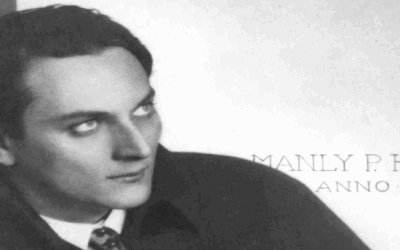
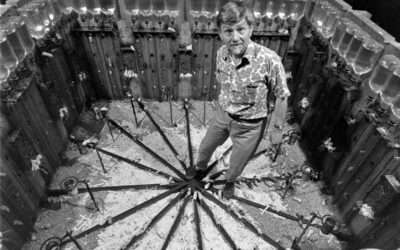











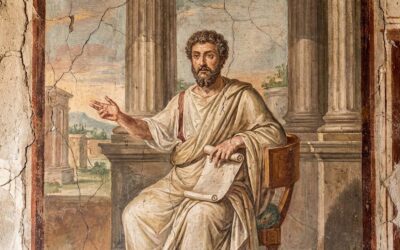
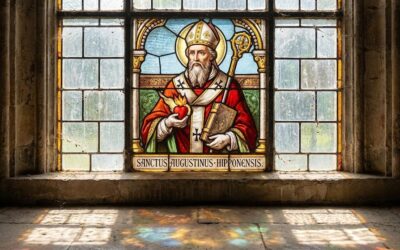


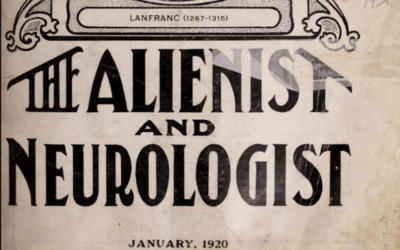
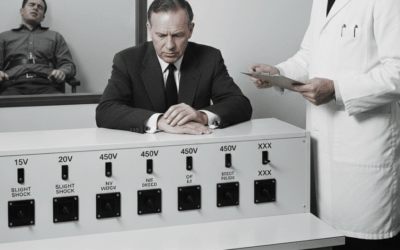
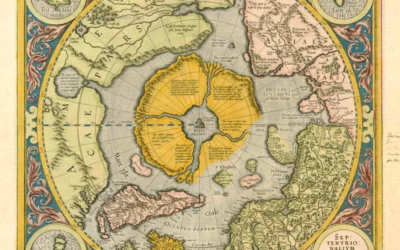

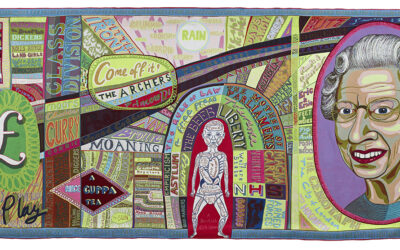


0 Comments